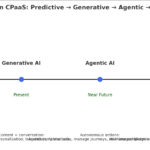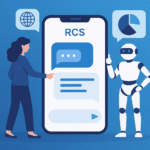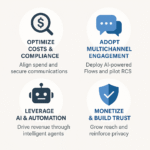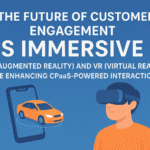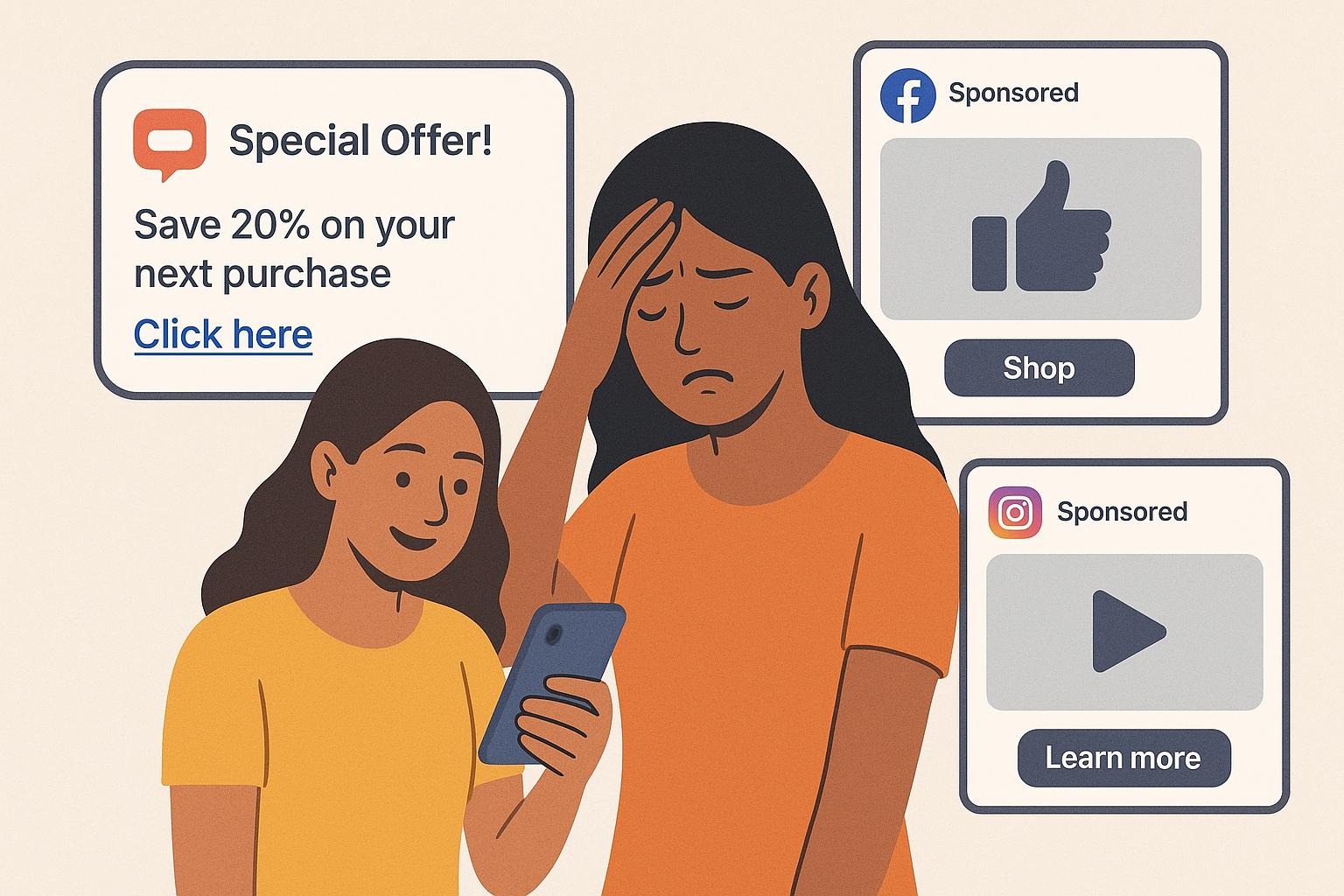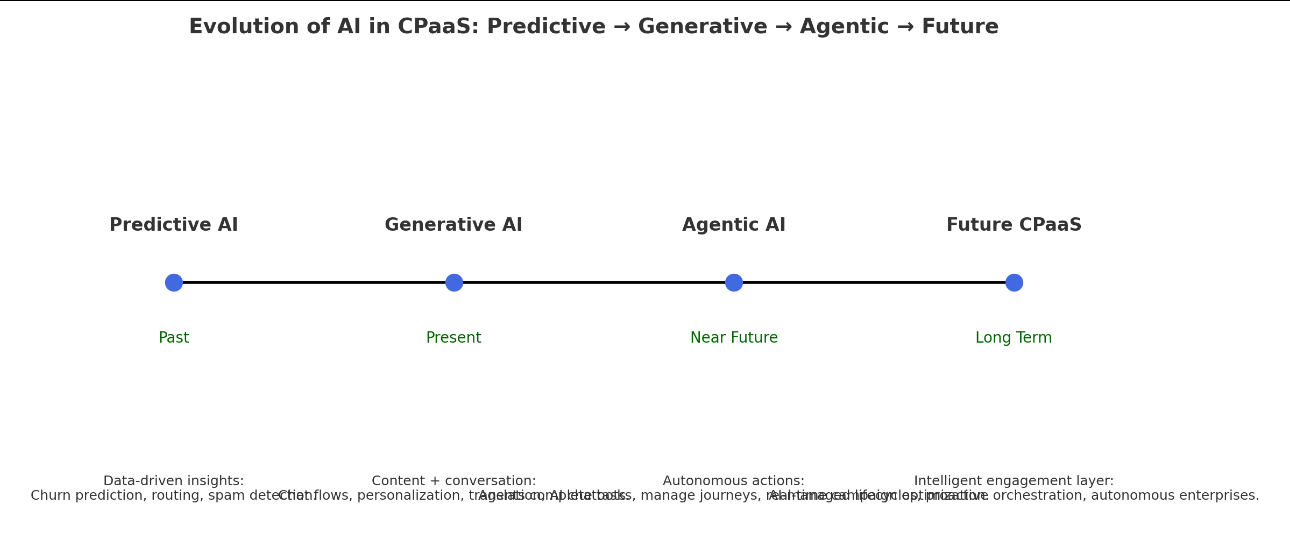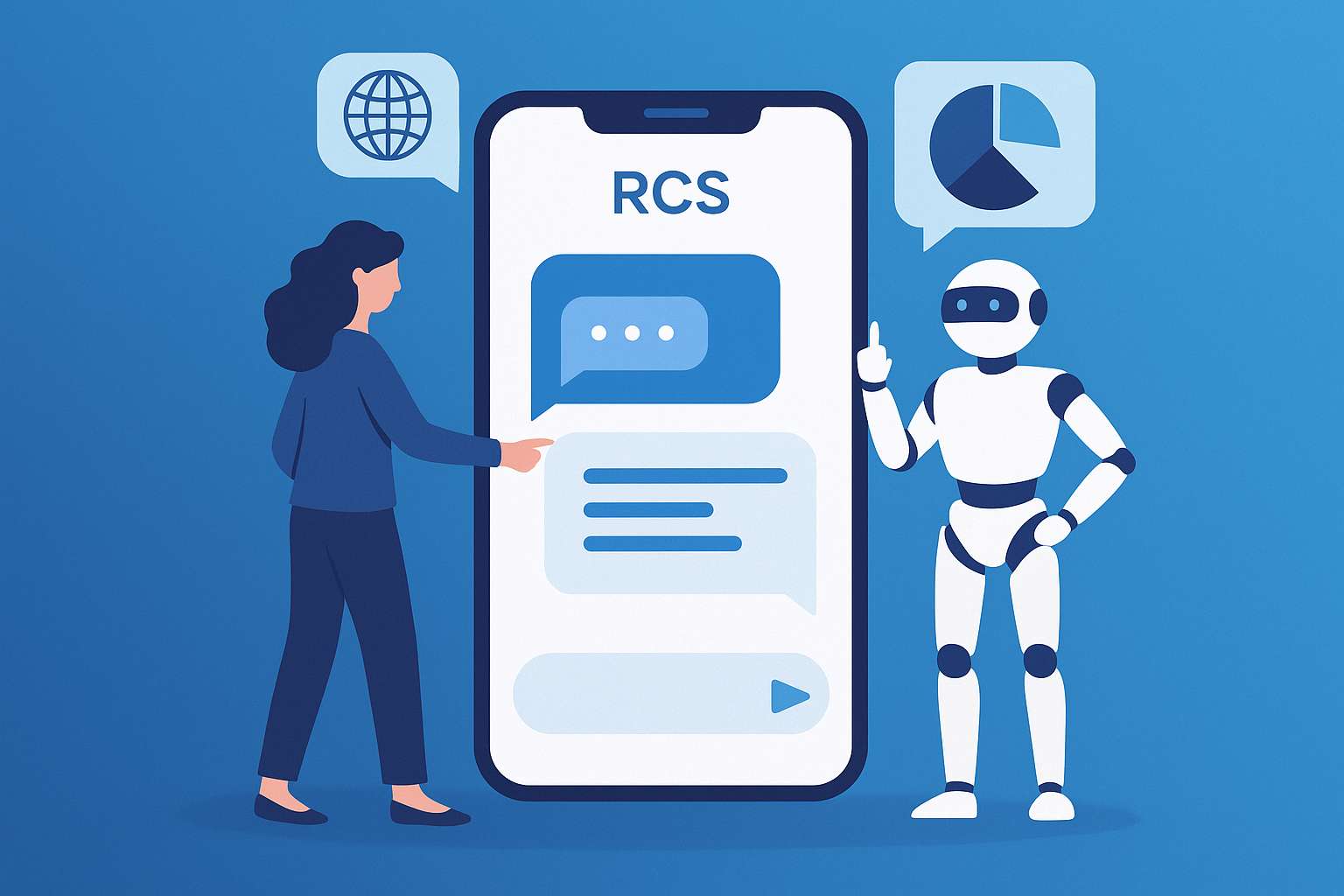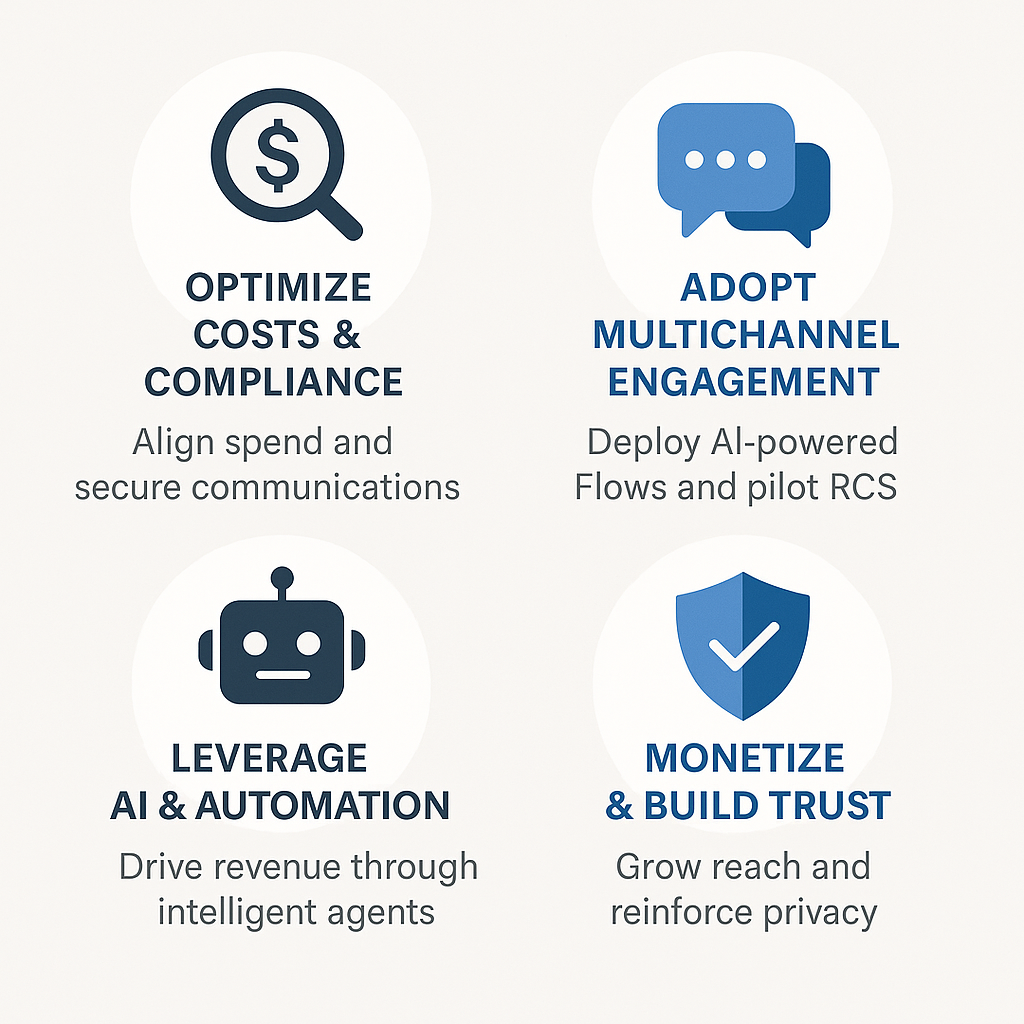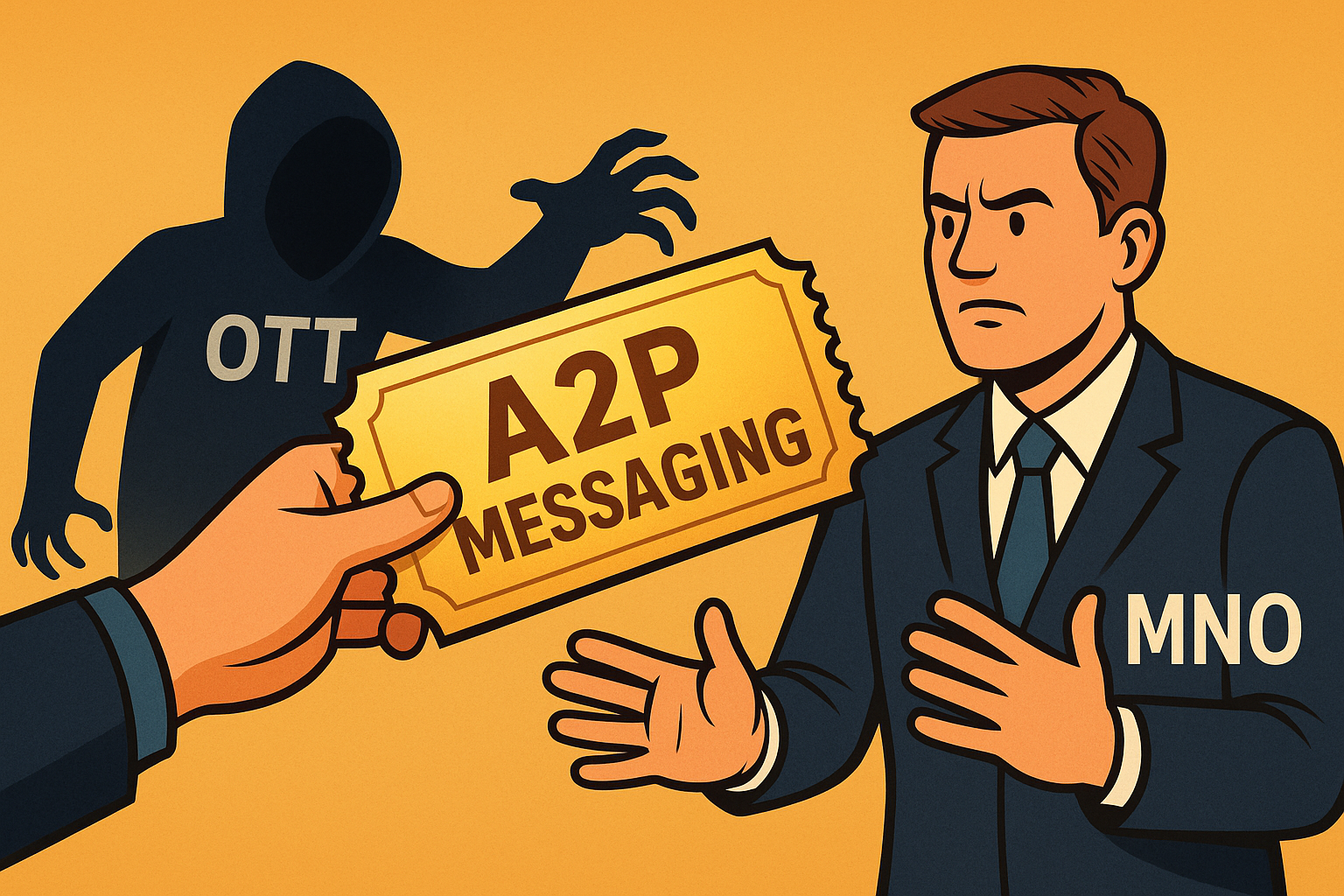Introduction
Over the last two decades, customer communication has shifted dramatically. Enterprises once relied on call centers and email blasts; today, they use CPaaS (Communications-Platform-as-a-Service) to deliver omnichannel, API-driven, real-time engagement.
But CPaaS itself is transforming. Once considered just a “messaging pipe,” it is now at the forefront of a much larger shift powered by artificial intelligence. AI is not only shaping how enterprises communicate—it is redefining who or what manages those communications.
The evolution can be traced through three distinct stages:
- Predictive AI → Data-driven intelligence.
- Generative AI → Content and conversation.
- Agentic AI → Autonomous execution.
This blog explores how each phase has shaped CPaaS and what the future holds for enterprises, providers, and customers alike.
Part 1: Predictive AI – The Data-Driven Foundation
What is Predictive AI?
Predictive AI uses historical data and machine learning models to forecast outcomes. It doesn’t create new content but analyzes patterns to make intelligent predictions.
Role in CPaaS
When CPaaS first started embedding AI, predictive models added measurable business value:
- Churn Prediction: Identifying customers most likely to disengage and proactively reaching out via SMS or email.
- Fraud & Spam Detection: Flagging and filtering suspicious A2P traffic to protect enterprises and telcos.
- Campaign Optimization: Predicting the best time, day, or channel to send marketing messages.
- Predictive Routing: Contact centers using CPaaS APIs to route calls/messages to the best-suited agent.
Case Example
A leading telco CPaaS provider implemented predictive algorithms that identified fraudulent A2P SMS patterns in real time, reducing financial losses by 40% within the first six months.
Takeaway
Predictive AI laid the foundation by making communications smarter, safer, and more efficient—but it was still reactive in nature.
Part 2: Generative AI – The Age of Engagement
What is Generative AI?
Generative AI refers to models like GPT, Claude, and LLaMA that can create new text, images, voice, or even video based on prompts. Instead of only predicting, they generate.
Role in CPaaS
Generative AI represents a huge leap for customer engagement:
- Conversational Design: Enterprises can auto-generate chatbot flows and FAQs, reducing deployment time from weeks to hours.
- Multilingual Communication: Real-time translations in WhatsApp, RCS, or email allow enterprises to scale globally.
- Hyper-Personalization: Campaigns that dynamically adapt messaging, tone, and offers for each customer.
- Media-Rich Engagement: AI-generated videos, product explainers, or even personalized voice messages can be delivered directly via CPaaS channels.
Case Example
A retail brand integrated a generative AI-powered WhatsApp campaign for flash sales. Instead of static templates, each message was tailored with dynamic product recommendations, increasing engagement by 3x compared to traditional campaigns.
Takeaway
Generative AI shifted CPaaS from messaging pipelines to interactive conversation platforms, enabling richer, more human-like customer interactions.
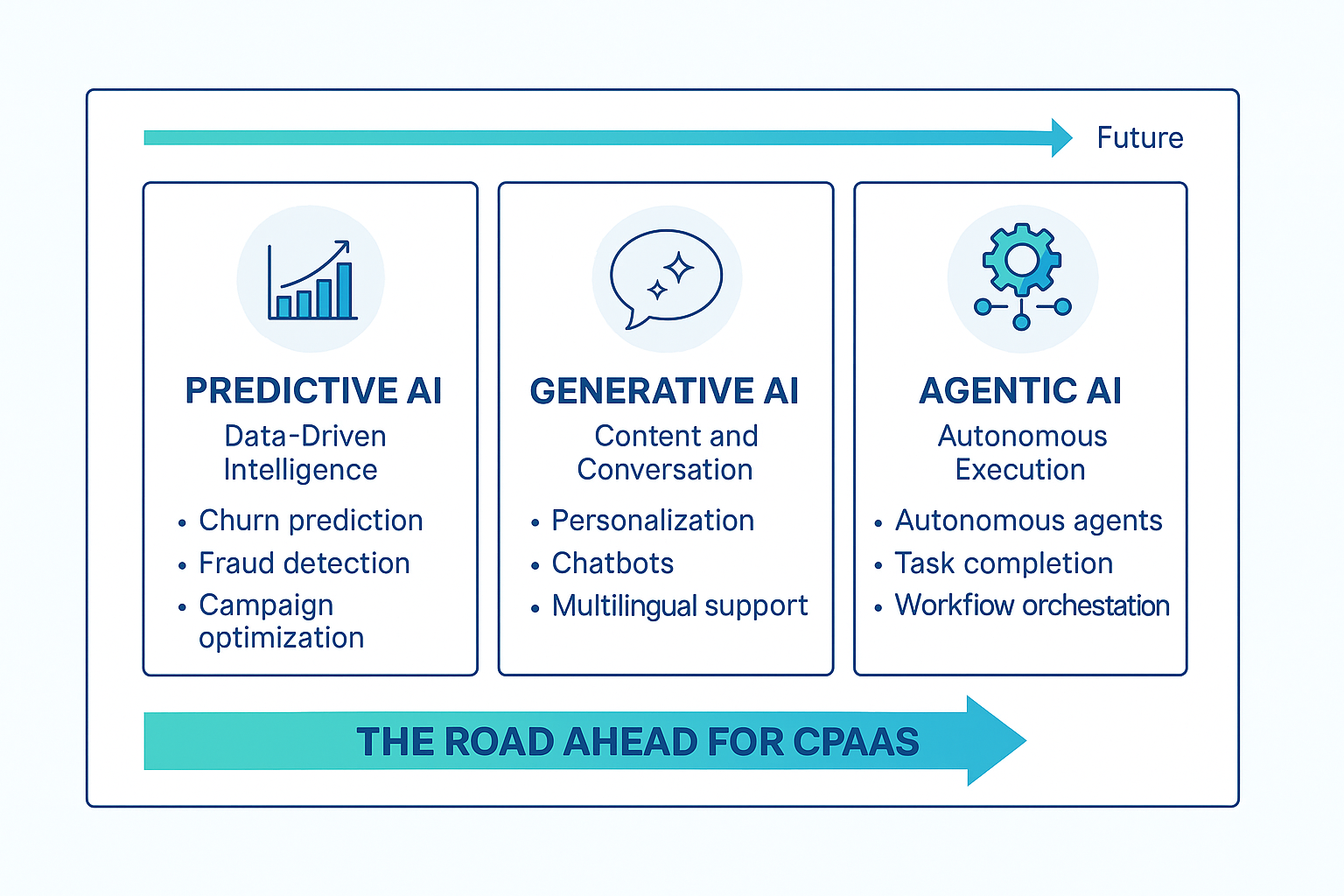
Part 3: Agentic AI – The Dawn of Autonomy
What is Agentic AI?
Agentic AI represents the next frontier: systems that don’t just generate content but also plan, act, and learn autonomously to achieve specific goals. Think of them as “digital employees” that manage workflows end-to-end.
Role in CPaaS
With agentic AI, CPaaS moves from delivering communications to orchestrating entire customer journeys:
- End-to-End Automation: A customer asks about an insurance renewal → AI agent checks CRM, generates renewal options, initiates payment, and confirms—all via WhatsApp.
- Proactive Engagement: Agents predicting churn and reaching out before the customer complains.
- Adaptive Campaigns: Agents testing variations and shifting channel strategies in real time.
- Fraud Prevention: AI agents continuously monitoring traffic, autonomously blocking or rerouting suspicious flows.
Case Example (Near Future)
A global bank integrates an AI agent into its CPaaS platform. Instead of a chatbot answering FAQs, the AI acts as a personal financial assistant—managing transactions, cross-selling services, and even scheduling human advisor calls when necessary.
Takeaway
Agentic AI turns CPaaS into the central nervous system of enterprise communication—autonomous, proactive, and deeply integrated into workflows.
Part 4: The Road Ahead for CPaaS
The shift from predictive to generative to agentic is not just technological—it’s strategic. Here’s what the next decade looks like:
- Short Term (1–3 Years):
Generative AI dominates—enterprises demand personalization, multilingual support, and dynamic content. - Medium Term (3–5 Years):
Agentic AI expands—autonomous agents manage workflows across CRM, ERP, and payments. - Long Term (5+ Years):
CPaaS becomes an intelligent engagement layer—where autonomous AI agents manage most customer lifecycles with humans supervising exceptions.
Trajectory:
APIs → Conversations → Agents → Autonomous Enterprises
Part 5: Strategic Implications for CPaaS Providers
1. Shift from Delivery to Orchestration
Enterprises will expect CPaaS vendors not only to deliver messages but to orchestrate end-to-end conversations and transactions.
2. AI-First Partnerships
Partnerships with AI model providers (LLMs, speech synthesis, vision AI) will become as important as telco/operator partnerships.
3. Compliance and Trust as Differentiators
AI-driven CPaaS will handle sensitive data (finance, healthcare). Providers must prioritize regulation, privacy, and security to earn trust.
4. Vertical-Specific Innovation
Each industry has unique needs:
- Banking: Fraud alerts, KYC, autonomous agents managing transactions.
- Healthcare: Appointment scheduling, telehealth, medication reminders.
- Retail: Personalized promotions, conversational commerce.
- Travel: Autonomous travel assistants managing bookings, rescheduling, and support.
5. From Cost Center to Value Driver
Instead of being a utility expense, CPaaS—powered by AI—will become a core revenue enabler through better customer engagement and loyalty.
Conclusion
The AI journey in CPaaS is not just about adding new features—it’s about redefining the role of communications in the enterprise.
- Predictive AI gave us smarter targeting and fraud detection.
- Generative AI brought us dynamic, personalized, and engaging conversations.
- Agentic AI is now paving the way for autonomous, end-to-end orchestration of customer journeys.
The future of CPaaS is clear: it will evolve from being a “communications platform” to becoming the intelligent engagement layer of the enterprise, powered by AI agents.
Enterprises that embrace this shift early will lead in customer experience, efficiency, and growth. And CPaaS providers who embed intelligence into every API, every message, and every interaction will define the next decade of digital engagement.
What do you think? Are enterprises ready to let autonomous AI agents manage customer journeys—or will human trust still require a human in the loop?
#CPaaS #AI #AgenticAI #CustomerExperience #FutureOfWork
Views: 3

